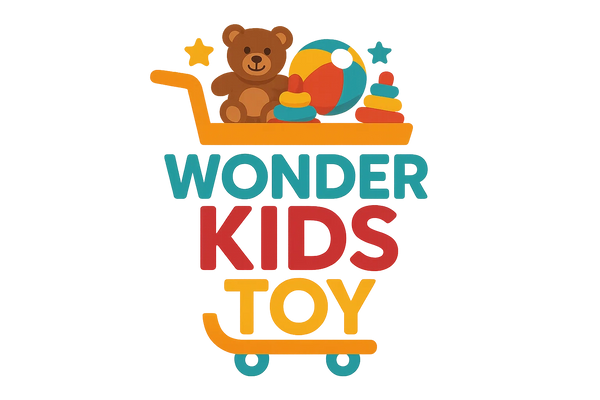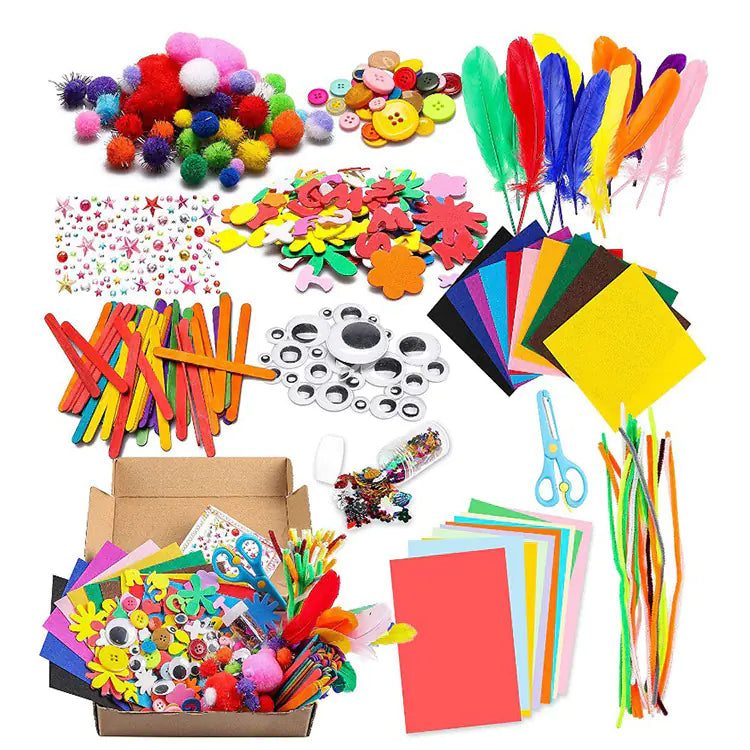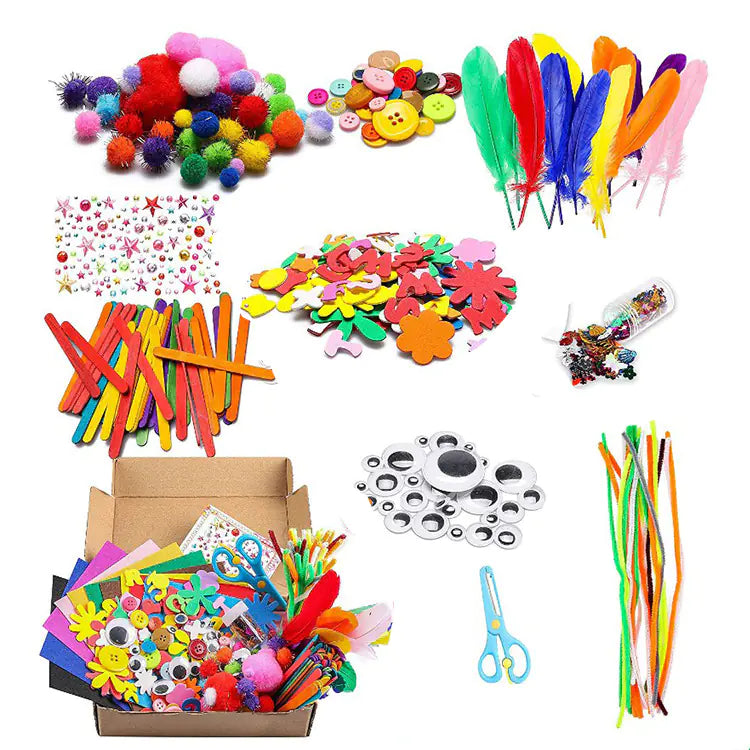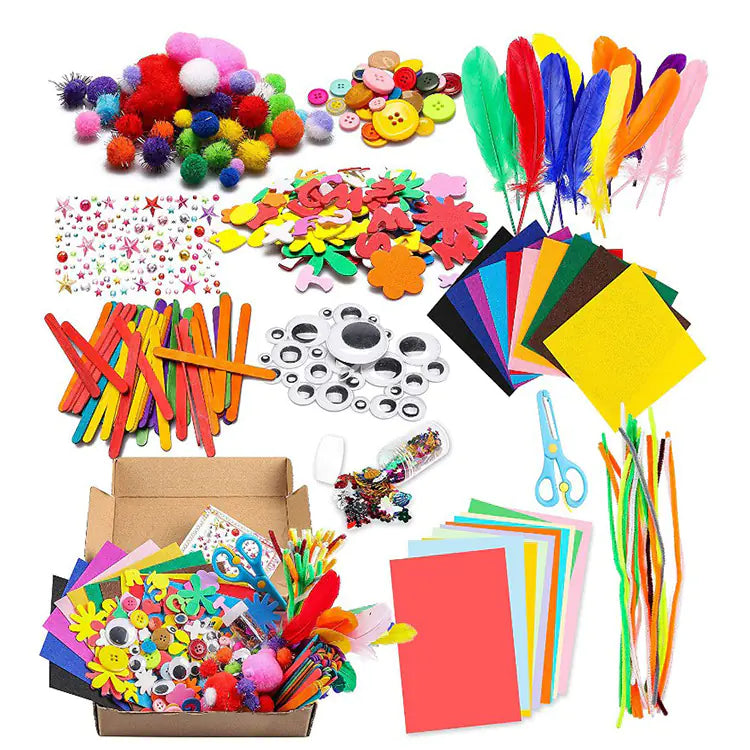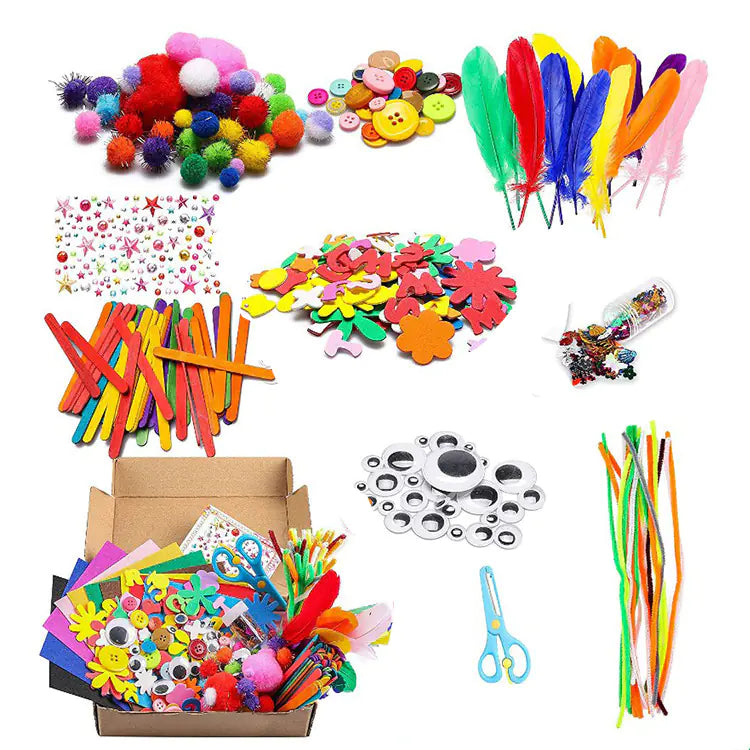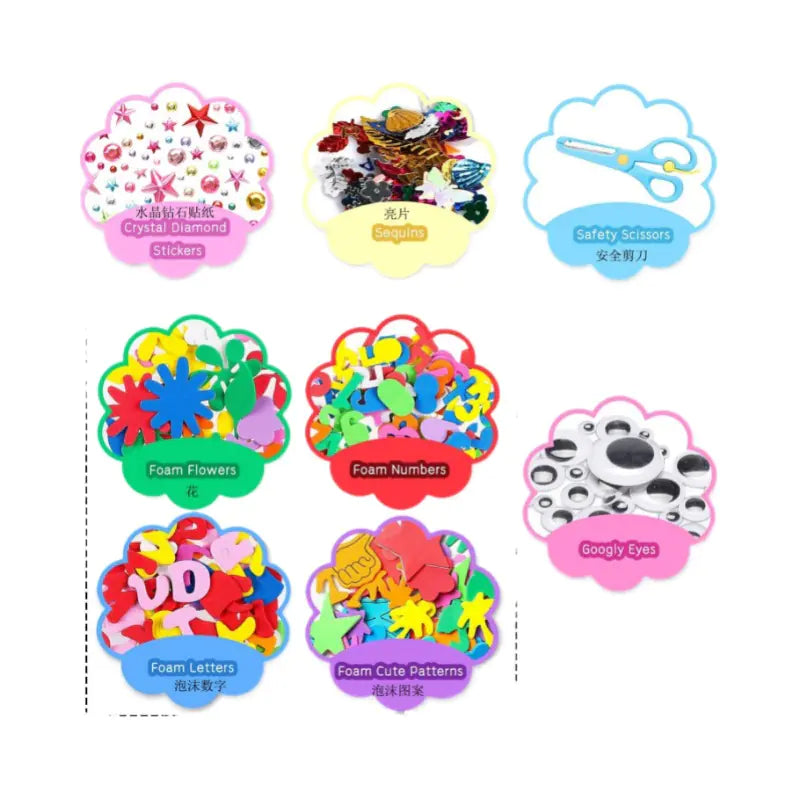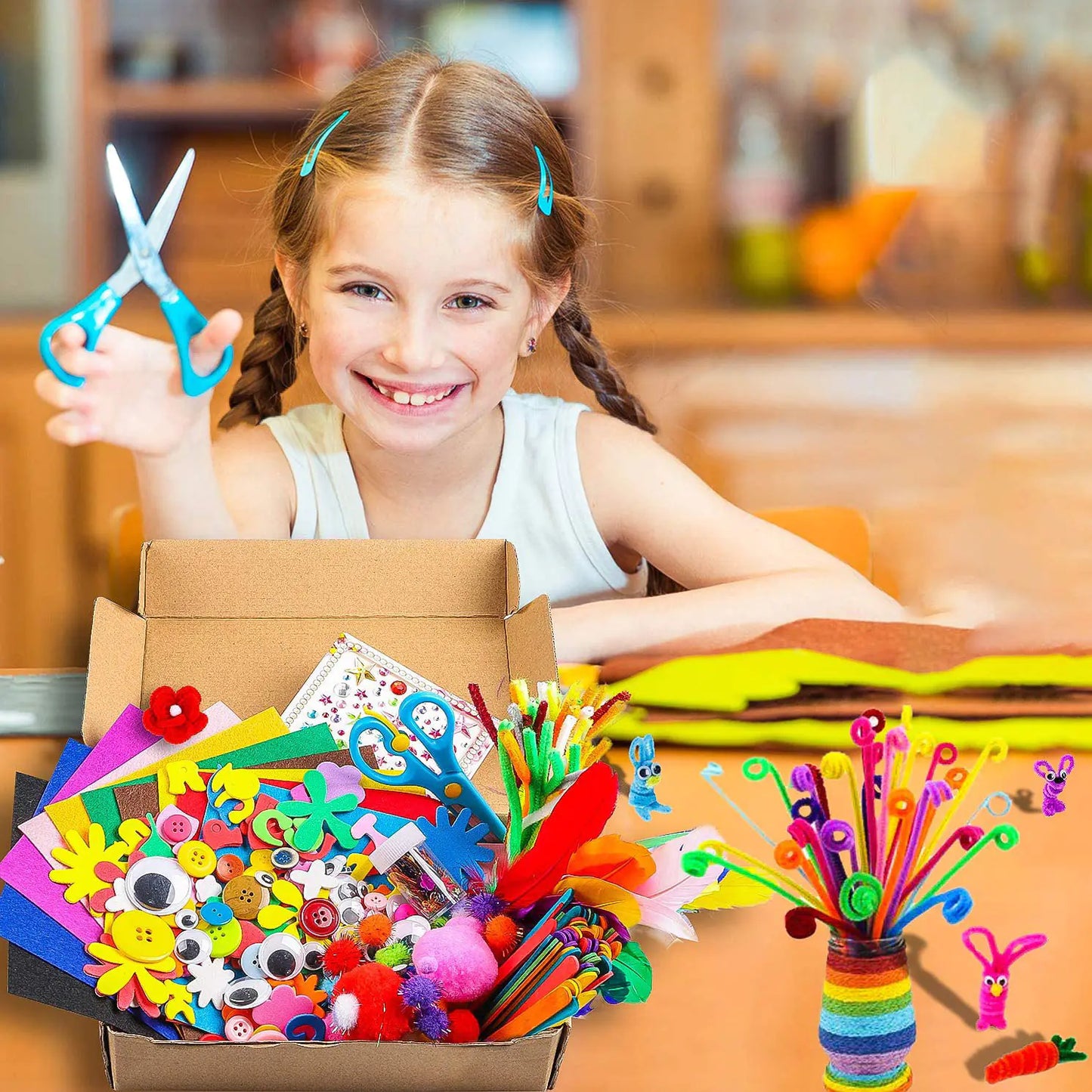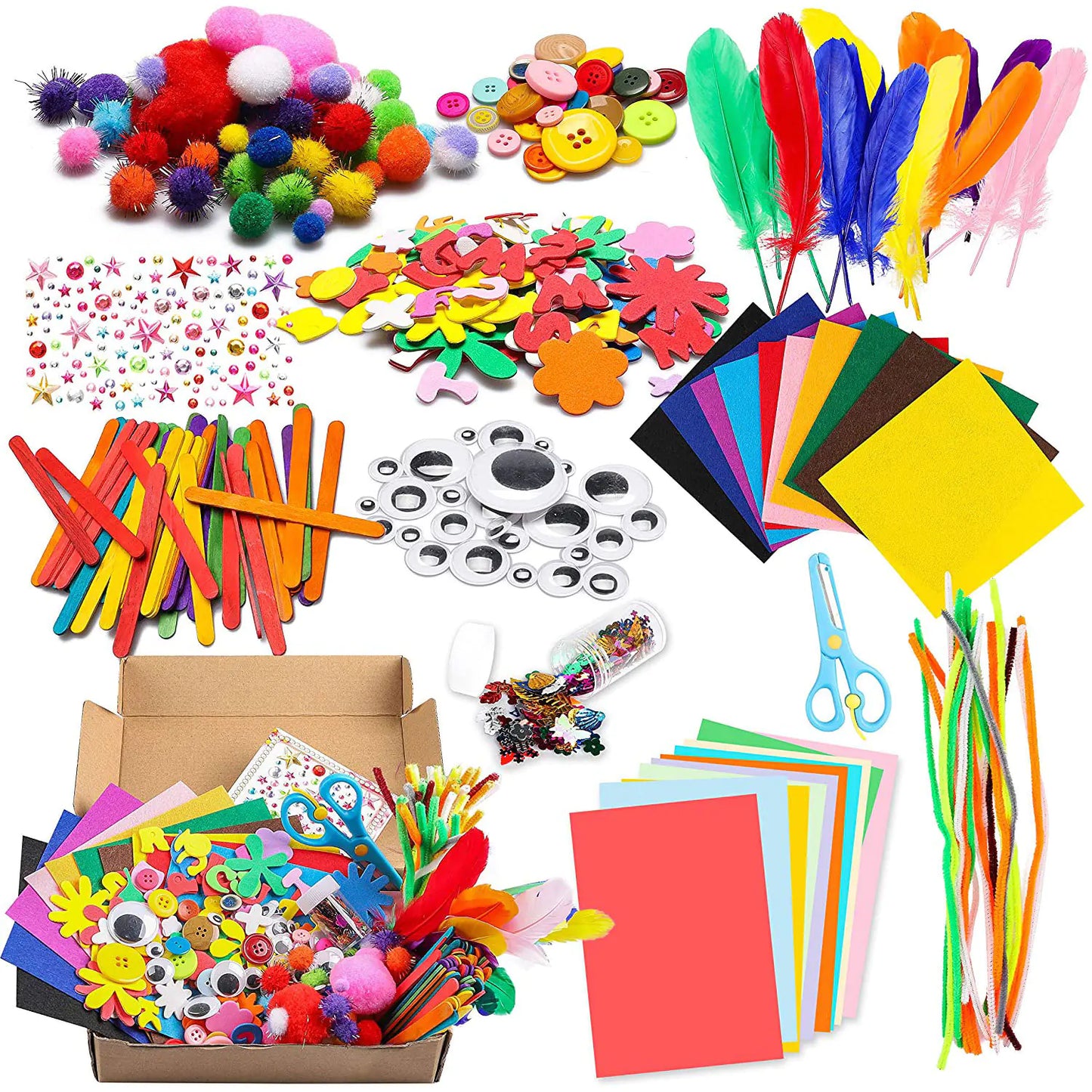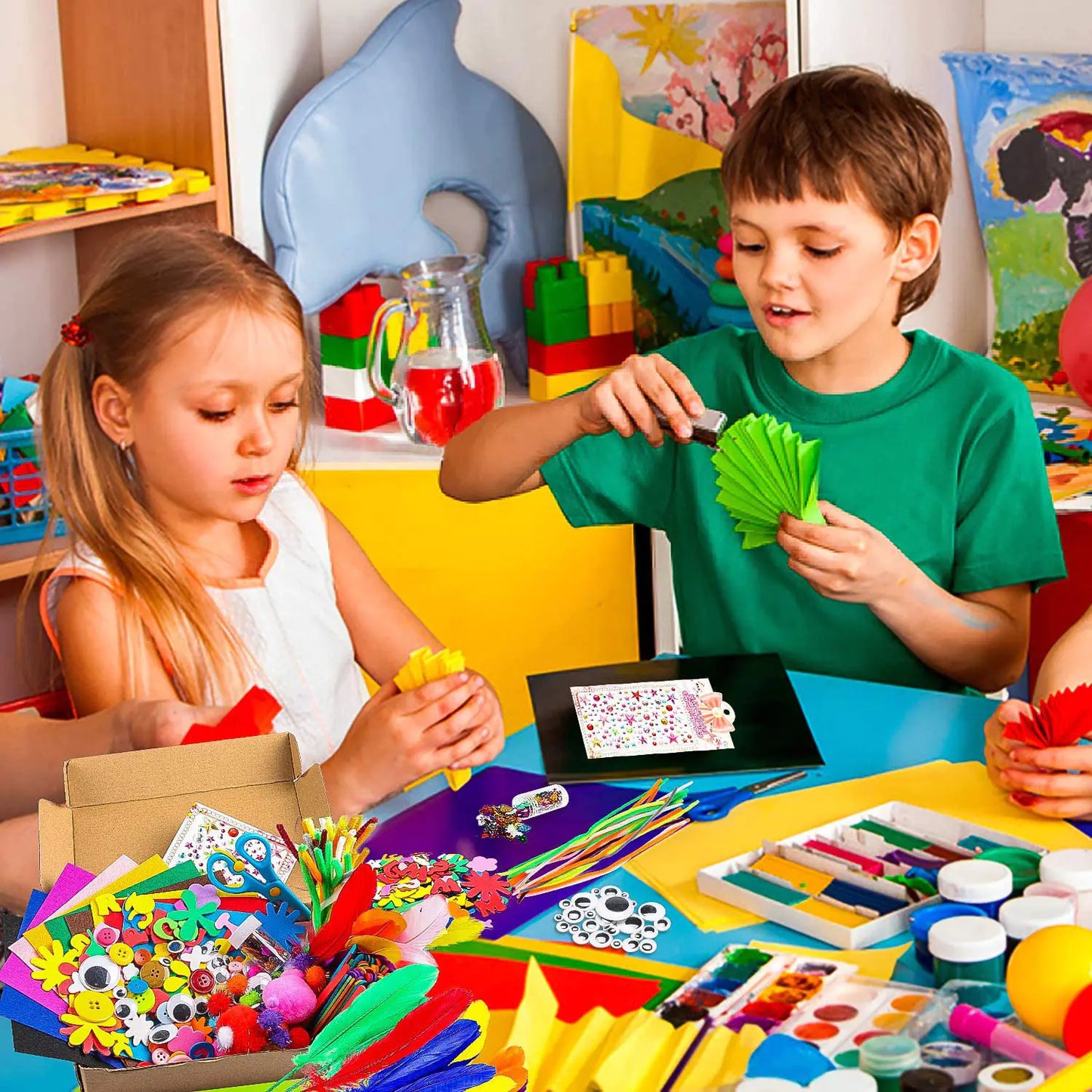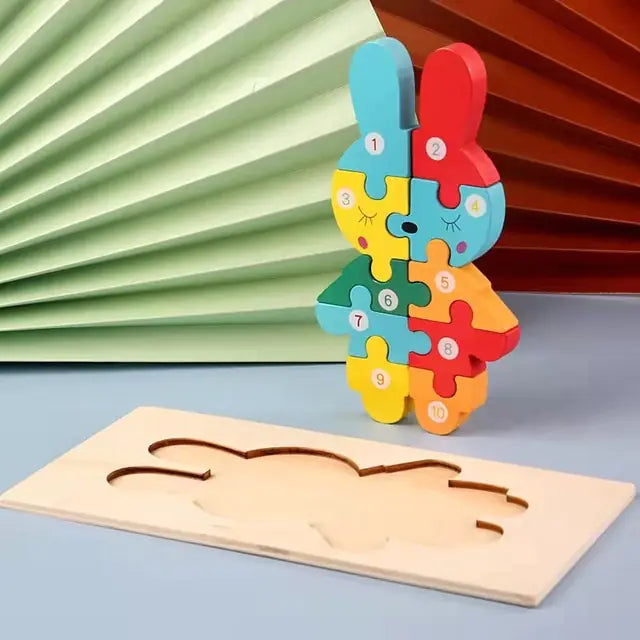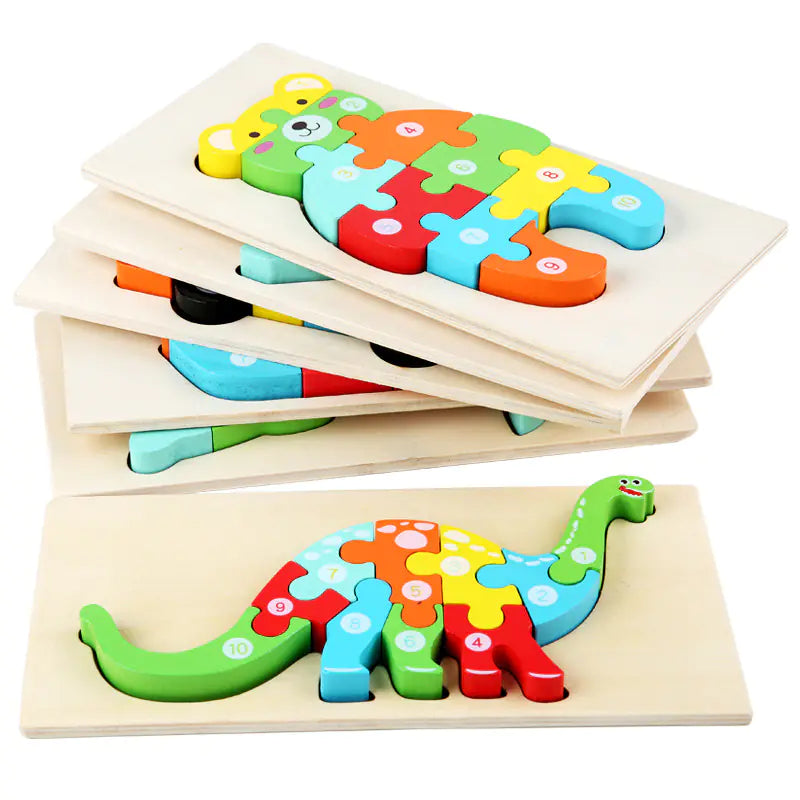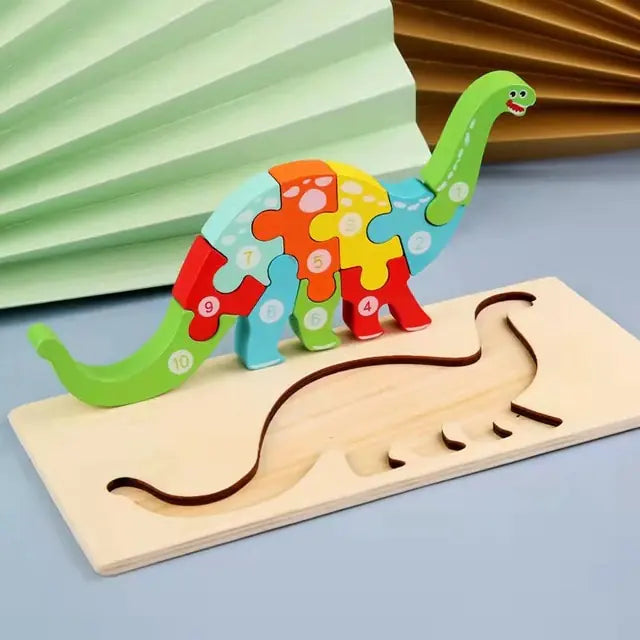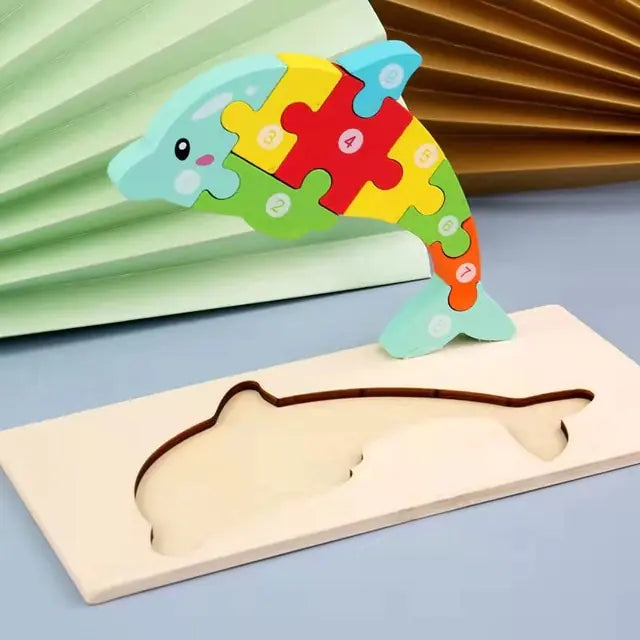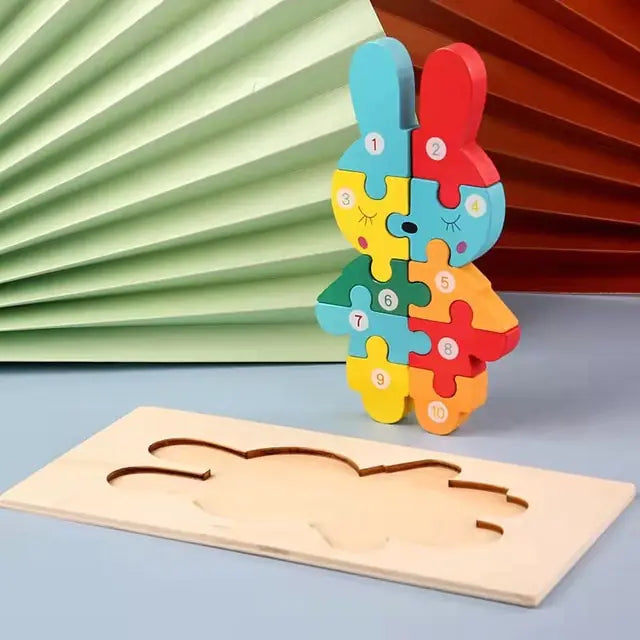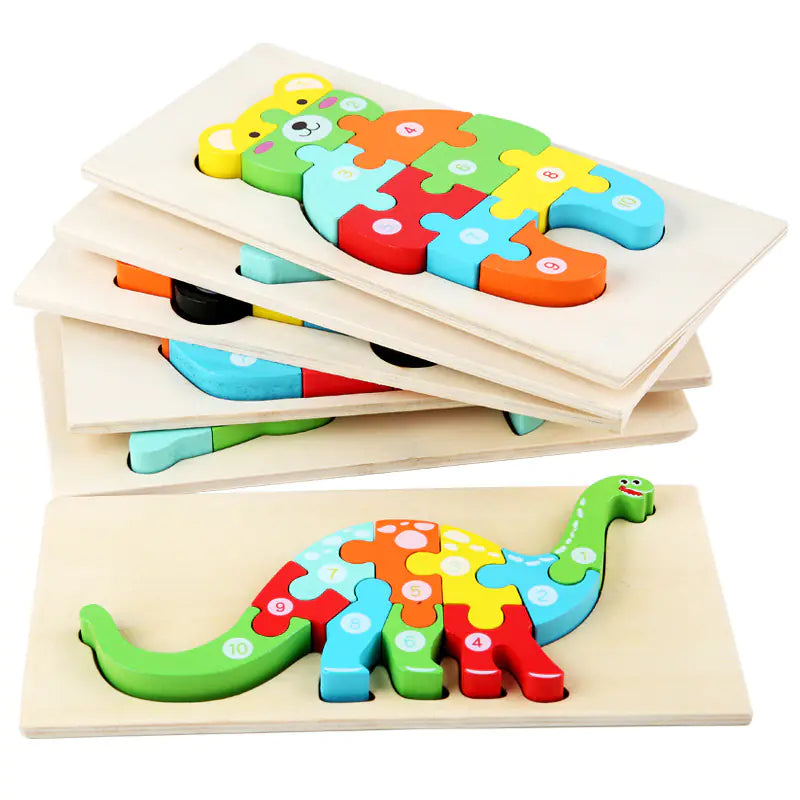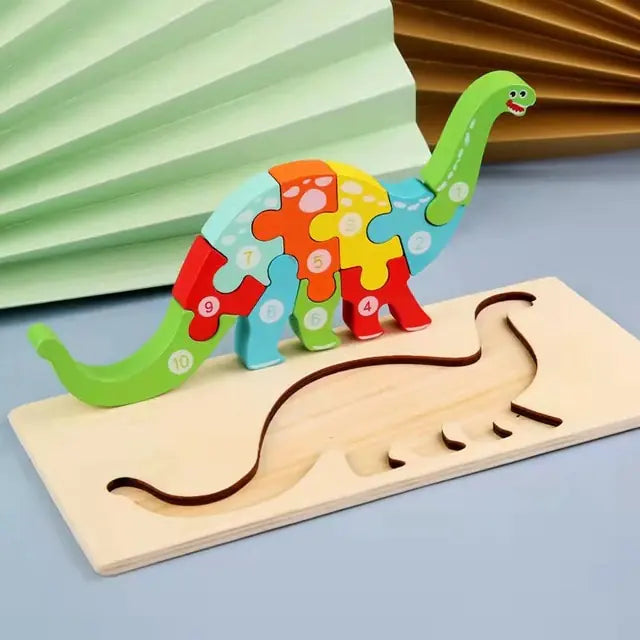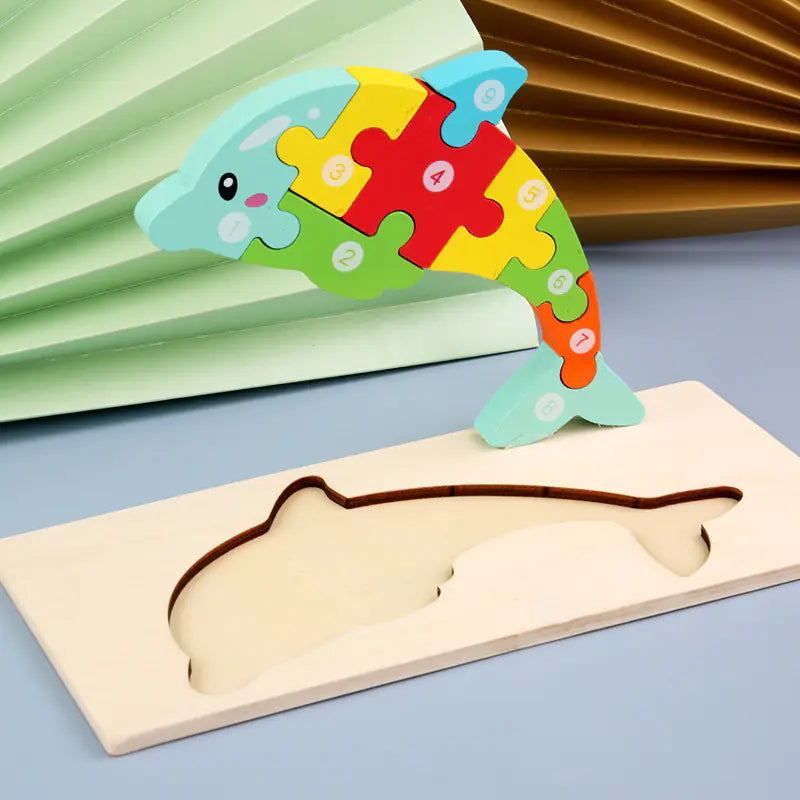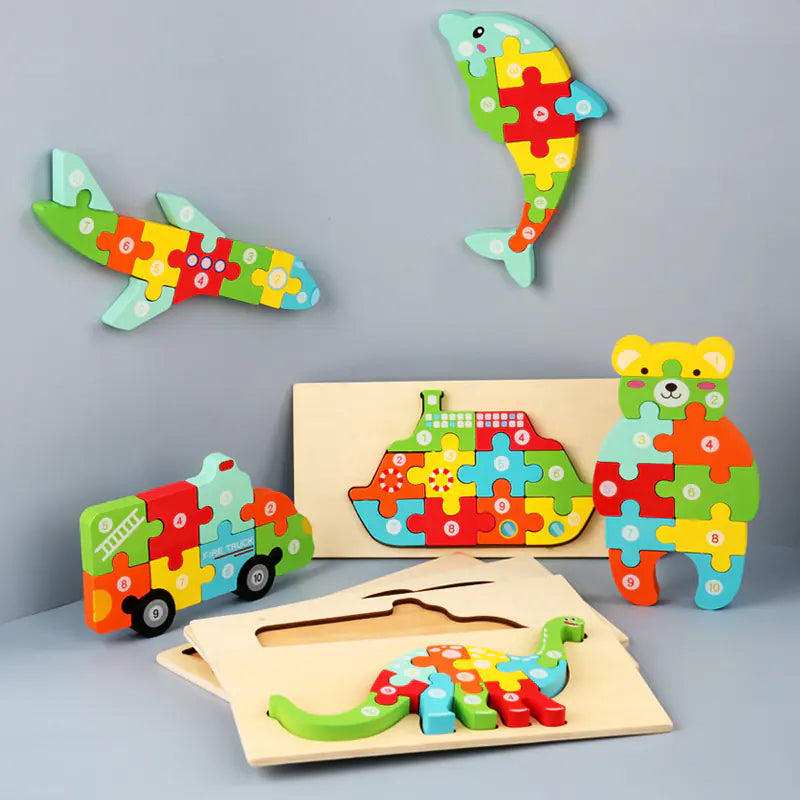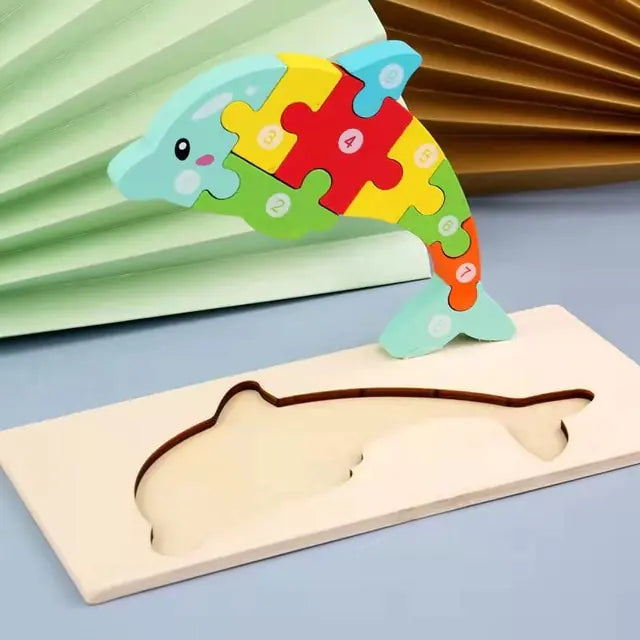In today's fast-paced digital world, enhancing children's reading and writing skills is more critical than ever. Utilizing various learning tools can provide a robust foundation for young learners, boosting their confidence and creativity while encouraging a lifelong love for learning. This article explores the significance of reading and writing tools for kids and provides an overview of some available tools to help them thrive.
Why Reading and Writing Learning Tools for Kids Matter

Building a Strong Foundation
Reading and writing are fundamental skills that form the basis of all learning. When kids engage with these tools early on, they build a strong foundation for future academic success. Understanding the value and purpose of reading and writing helps kids stay motivated and eager to learn. Plus, these skills are essential for effective communication and critical thinking.
Boosting Confidence and Creativity
When children use reading and writing tools, they often feel accomplished. This boosts their confidence and encourages them to take on new challenges. Writing, in particular, can be an excellent outlet for creativity. Kids can express their thoughts and emotions through stories, poems, or even journaling. This creative process enhances their writing skills and helps them process their feelings.
Encouraging Lifelong Learning
One of the most tremendous benefits of reading and writing tools is their fostering a love for learning. Kids who find joy in reading and writing are more likely to continue these activities. This lifelong learning habit can open doors to new knowledge, experiences, and opportunities. Encouraging your child to read and write regularly can lead them to continuous growth and discovery.
Making reading materials that kids truly care about readily available can significantly increase their interest in reading and writing. When they see the value in these activities, they are more likely to engage with them consistently.
Top Reading Tools Every Kid Should Try

Interactive E-books
Interactive e-books are a fantastic way to get kids excited about reading. These digital books often come with engaging animations, sound effects, and interactive elements that make the story come alive. Kids can tap on characters to hear them speak or interact with the environment, making reading a more immersive experience. Many interactive e-books offer built-in dictionaries and reading comprehension questions to help kids understand the story better.
Phonics Apps
Phonics apps are designed to help kids learn the relationship between letters and sounds, which is crucial for developing reading skills. These apps often use fun games and activities to teach phonics engagingly. One of the best things about phonics apps is that they can be personalized to match your child's learning pace, ensuring they get the most out of each session. Many apps also track progress progress to see how your child improves.
Audiobooks for Kids
Audiobooks are an excellent tool for kids struggling with traditional reading or wanting to enjoy a story in a different format. Listening to audiobooks can help improve vocabulary, comprehension, and even pronunciation. They are perfect for long car rides or bedtime stories, offering a screen-free way to enjoy books. Many audiobook services provide a wide range of titles specifically for kids, from classic tales to new releases.
Incorporating these reading tools into your child's routine can make a significant difference in their reading skills and overall love for books. Whether it's through interactive e-books, phonics apps, or audiobooks, there's something out there to suit every child's needs and preferences.
Must-Have Writing Tools for Young Learners

Storytelling Apps
Storytelling apps are a fantastic way to get kids excited about writing. These apps often have fun characters and interactive elements that make creating a story feel like a game. Kids can let their imaginations run wild while learning the basics of narrative structure, character development, and plot. Plus, they can share their stories with family and friends, which adds an extra layer of motivation.
Handwriting Practice Tools
Handwriting practice tools are essential for young learners just starting to write. These tools often include guided tracing exercises that help kids learn how to form letters correctly. Consistency is key here; these tools make it easy for kids to practice regularly. Some even come with fun themes and rewards to keep kids engaged.
Creative Writing Prompts
Creative writing prompts are a great way to spark a child's imagination. These prompts can be as simple as a single word or as complex as a detailed scenario. The goal is to encourage kids to think creatively and express their thoughts in writing. You can even turn it into a fun family activity by having everyone write a short story based on the same prompt and then share it.
Investing in the right writing tools can make a world of difference in your child's educational journey. Not only do these tools make learning fun, but they also help build essential skills that will benefit your child for years to come.
Fun and Engaging Educational Games

Word puzzles are a fantastic way to enhance your child's vocabulary and spelling skills. They can be both fun and challenging, making them an excellent learning tool. Games like Scrabble Junior and Boggle are perfect for kids to play with family and friends, turning learning into a social activity.
Grammar games can make learning the rules of language fun and interactive. Apps like Grammar Pop and websites like FunBrain offer a variety of games that engage students in learning grammar. These tools help kids understand complex grammar rules through play, making learning less daunting.
Reading comprehension challenges are designed to improve your child's ability to understand and interpret text. Websites like ReadTheory and apps like Epic! Offer a range of activities that test comprehension skills. These challenges can be tailored to your child's reading level, ensuring they are fun and educational.
Incorporating educational games into your child's routine can make learning feel like play, boosting their skills without the pressure of traditional study methods.
How to Integrate Learning Tools into Daily Routines

Starting the day with a reading session can set a positive tone. I like picking a short story or an interactive e-book my child enjoys. This boosts their reading skills and helps them wake up their brain for the day ahead.
Bedtime is a perfect opportunity to wind down with a good book. Whether it's a classic tale or a new adventure, reading together can be a bonding experience. Plus, it encourages a love for reading that can last a lifetime.
Weekends are great for more extended writing activities. I often set up a fun project, like creating a short story or writing a letter to a family member. This not only improves their writing skills but also sparks their creativity.
Integrating these activities into daily routines makes learning feel less like a chore and more like a fun part of everyday life. It's all about finding the right balance and making it enjoyable for both you and your child.
The Role of Parents in Enhancing Reading and Writing Skills

Setting a Good Example
One of the most effective ways to encourage your child's reading and writing skills is by setting a good example. Kids often mimic their parents' behaviors, so they'll be more inclined to do the same if they see you reading books or writing notes. Make it a habit to read a book or magazine before your child and write thank-you notes or emails. This helps them see that reading and writing are valuable and enjoyable activities.
Creating a Reading-Friendly Environment
Creating a reading-friendly environment at home can make a huge difference. Designate a cozy corner with good lighting and various books and toys that encourage reading. You can also include educational games that focus on literacy skills. The goal is to make reading fun and integral to your child's daily routine.
Encouraging Writing at Home
Encouraging writing at home can be as simple as providing your child opportunities to write stories, lists, or letters. You can even make it a family activity by writing postcards to relatives or friends. Allow your child to use spell and grammar checks to make the process less daunting. The key is to make writing a regular and enjoyable part of their life.
Find out what your kid is interested in and get as many texts as possible related to that topic. This will make reading and writing more engaging for them.
Choosing the Right Tools for Your Child's Needs

Assessing Skill Levels
When exploring compelling reading and writing learning tools for kids, the first step is to assess their current skill levels. This helps in selecting tools that are neither too easy nor too challenging. Understanding where your child stands can significantly impact their learning journey.
Understanding Learning Styles
Every child is unique, and so are their learning styles. Some kids are visual learners, while others might be more auditory or kinesthetic. By identifying your child's preferred learning style, you can choose tools that cater to their strengths, making learning more enjoyable and effective.
Trial and Error
Don't be afraid to experiment with different tools. Sometimes, it takes a bit of trial and error to find what works best. Keep an open mind and be patient. The goal is to encourage fun and interactive learning experiences for children, so switching things up is okay if something isn't working.
Remember, integrating technology, parental involvement, adaptive learning platforms, and multisensory approaches can significantly enhance your child's learning experience.
Benefits of Digital Learning Tools

Personalized Learning
One of the standout benefits of digital learning tools is their ability to offer personalized learning experiences. These tools can adapt to each child's unique needs, ensuring they get the most out of their educational journey. For instance, adaptive learning software assesses a student’s knowledge and skills and identifies areas of weakness, providing tailored activities to help them improve. This personalized approach can significantly impact a child's learning progress.
Interactive and Fun
Digital learning tools are designed to be interactive and fun, which can make learning more engaging for kids. Tools like Kahoot! and Book Creator inject a dose of creativity and engagement into the learning process. By blending screen time with creative activities, kids are more likely to stay interested and motivated. Interactive tools can turn even the most mundane subjects into exciting challenges, making learning a game rather than a chore.
Accessibility and Convenience
Another significant benefit of digital learning tools is their accessibility and convenience. With the proliferation of online learning, classrooms resourced with computers allow for a tailored approach to learning. These tools can be accessed from anywhere, making it easier for kids to continue their education outside the traditional classroom setting. Whether through a tablet, laptop, or smartphone, digital tools provide a flexible learning environment that fits into any schedule.
Digital learning tools encourage blending screen time with creative activities, making education both fun and effective.
Offline Tools That Make a Difference

In a world dominated by screens, it's easy to forget the value of offline tools. But trust me, these traditional resources can be just as effective in enhancing your child's reading and writing skills.
Tips for Keeping Kids Motivated

Reward Systems
Reward systems are one of the most effective ways to keep kids motivated. Kids love earning rewards for their hard work, giving them something to look forward to. You can set up a simple chart where they earn stickers or points for completing reading and writing tasks. At the end of the week, they can trade these points for a small prize or a particular activity.
Setting Achievable Goals
Setting achievable goals is crucial for maintaining motivation. Break down larger tasks into smaller, manageable steps. This way, kids can experience a sense of accomplishment more frequently, which keeps them engaged and motivated. For example, instead of saying, "Read this entire book," you can say, "Read one chapter a day."
Making Learning a Game
Turning learning into a game can make it more enjoyable for kids. Use educational games that focus on reading and writing skills. Interactive apps and board games can make learning feel like playtime, a great way to keep kids interested and motivated.
Kids need to understand the value and purpose of the actions of reading and writing; knowing the why helps them be more motivated to read and write themselves.
The Future of Reading and Writing Learning Tools

Thanks to emerging technologies, the future of reading and writing learning tools is inspiring. The possibilities are endless, from AI-driven personalized learning experiences to augmented reality (AR) storybooks. Imagine your child interacting with characters that come to life right before their eyes, making reading a genuinely immersive experience.
One of the most promising trends is the integration of innovative interactive learning toys that engage young minds. These toys combine physical play with digital elements, transforming screen time into interactive learning adventures. Look for tools that adapt to your child's learning pace and style, offering a customized educational journey.
As we look to the future, preparing our kids for the digital age is essential. This means embracing new technologies and teaching them how to use these tools effectively. By integrating these advanced learning tools into their daily routines, we can ensure they are well-equipped for the challenges of tomorrow.
The future of education is not just about technology; it's about creating a balanced learning environment that combines the best of both digital and physical worlds.
The future of reading and writing learning tools is here and more exciting than ever! Discover innovative educational resources that make learning fun and engaging for all ages. Don't miss out on the latest advancements in educational technology. Visit our website to explore our full range of products and take your learning experience to the next level.
Conclusion
Integrating reading and writing tools into your child's learning routine can make a world of difference. These tools make learning fun and cater to different learning styles, ensuring that every child can benefit. Whether you're a parent, teacher, or someone who cares about a child's education, these resources can help build a strong foundation in literacy. So, go ahead and explore these tools, and watch your child's skills soar!
Frequently Asked Questions
Why are reading and writing tools necessary for kids?
Reading and writing tools are essential for kids as they help build a strong educational foundation, boost confidence and creativity, and encourage lifelong learning.
What are some top reading tools for kids?
Some top reading tools for kids include interactive e-books, phonics apps, and audiobooks designed explicitly for children.
Which writing tools are beneficial for young learners?
Beneficial writing tools for young learners include storytelling apps, handwriting practice tools, and creative writing prompts.
How can educational games enhance reading and writing skills?
Educational games like word puzzles, grammar games, and reading comprehension challenges make learning fun and engaging, thus enhancing reading and writing skills.
How can parents integrate learning tools into daily routines?
Parents can integrate learning tools into daily routines by setting up morning reading sessions, bedtime stories, and weekend writing projects.
What role do parents play in enhancing their child's reading and writing skills?
Parents play a crucial role by setting a good example, creating a reading-friendly environment, and encouraging writing activities at home.
How do digital learning tools benefit children?
Digital learning tools offer personalized learning experiences, are interactive and fun, and are accessible and convenient for children.
Are there any practical offline tools for improving reading and writing skills?
Practical offline tools include classic books, journals and diaries, and flashcards.
